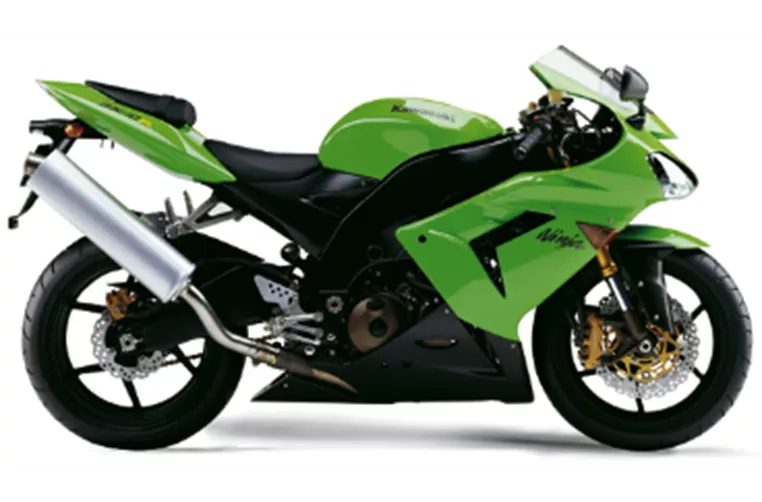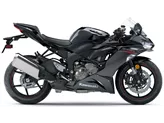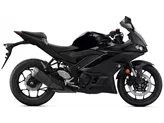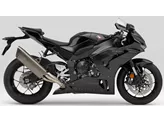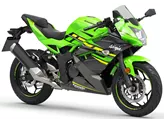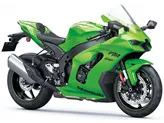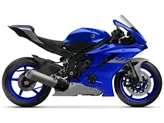Kawasaki Ninja ZX-10R 2008 vs. Yamaha YZF-R6 2017
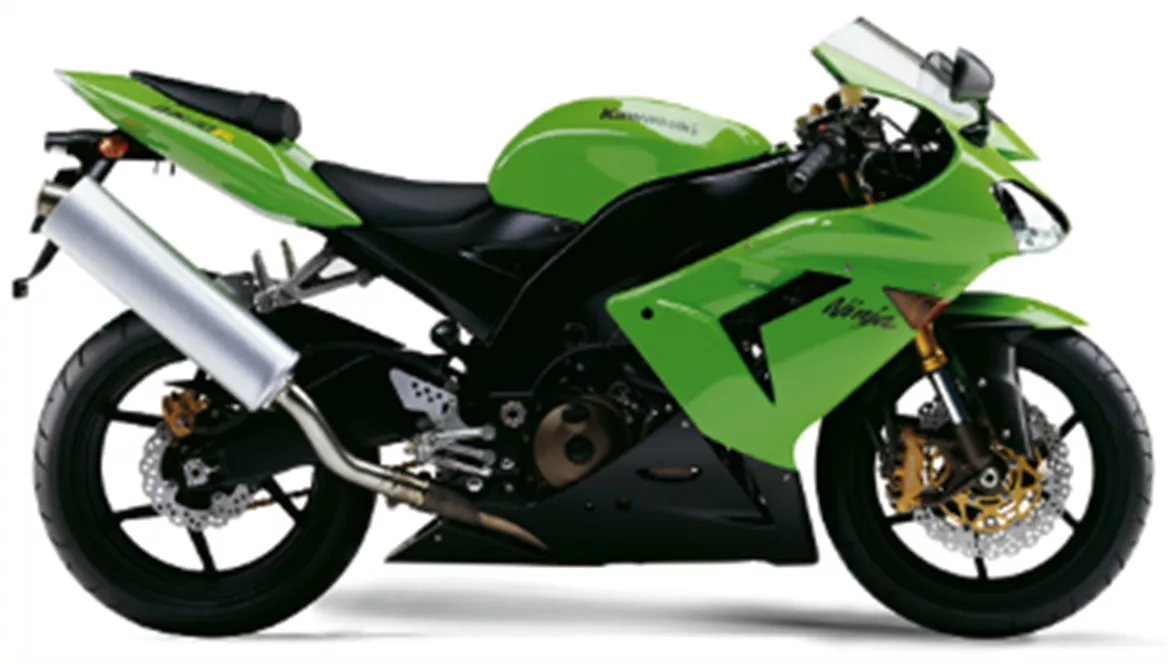
Kawasaki Ninja ZX-10R 2008

Yamaha YZF-R6 2017
Overview - Kawasaki Ninja ZX-10R 2008 vs Yamaha YZF-R6 2017
The Kawasaki Ninja ZX-10R model year 2008 and the Yamaha YZF-R6 model year 2017 are both powerful supersport motorcycles with their own unique strengths and weaknesses.
In terms of engine power, the Kawasaki Ninja ZX-10R 2008 has a significant advantage with 175 HP compared to the Yamaha YZF-R6 2017's 124 HP. This means that the Ninja ZX-10R has the potential for higher speeds and overall better performance in terms of acceleration and top speed.
Both motorcycles have four cylinders and similar engine displacements, with the Ninja ZX-10R having a slightly larger engine at 998 ccm compared to the YZF-R6's 599 ccm. This larger engine size contributes to the Ninja ZX-10R's higher power output.
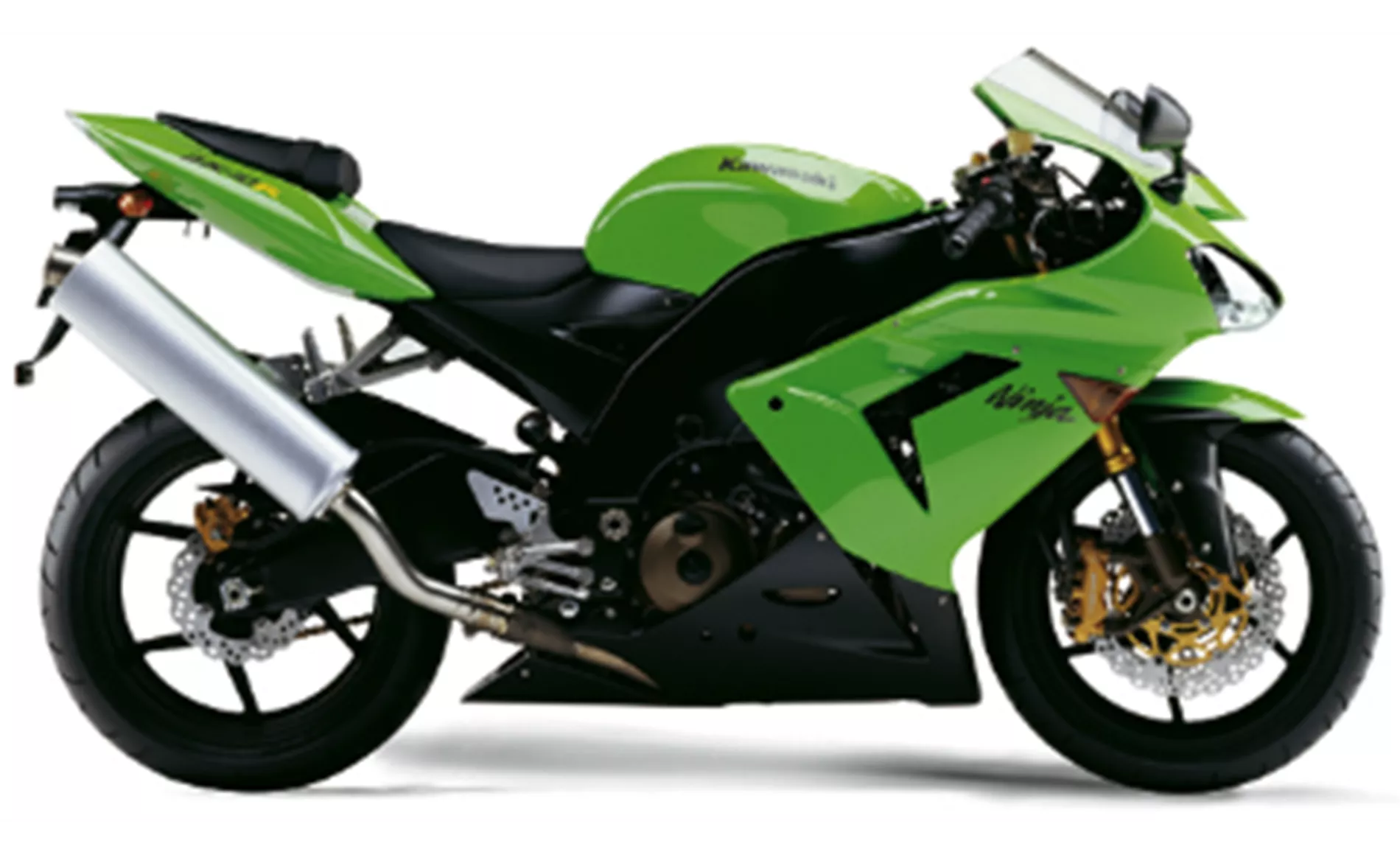
Kawasaki Ninja ZX-10R 2008
In terms of dimensions and weights, the Ninja ZX-10R has a slightly longer wheelbase at 1390 mm compared to the YZF-R6's 1375 mm. The seat height of the Ninja ZX-10R is also slightly lower at 825 mm compared to the YZF-R6's 850 mm. Both motorcycles have a fuel tank capacity of 17 liters.
The Kawasaki Ninja ZX-10R 2008 is known for its very high performance and the ability to reach higher speeds. It also has snappier brakes and good handling, making it a suitable choice for riders looking for a thrilling and responsive riding experience. Additionally, the Ninja ZX-10R has a fitting design that adds to its overall appeal.
On the other hand, the Yamaha YZF-R6 2017 has its own strengths. It is praised for its strong and direct brakes, providing riders with confidence and control. The YZF-R6 also has sharp looks and good wind protection, making it visually appealing and comfortable for longer rides. Its precise handling and high transparency further enhance the riding experience.

Yamaha YZF-R6 2017
However, the Ninja ZX-10R 2008 does have some weaknesses. It has a relatively high total weight, which can affect maneuverability and overall agility. Additionally, some riders have noted that the chassis of the Ninja ZX-10R can be nervous, potentially impacting stability.
Similarly, the Yamaha YZF-R6 2017 also has its weaknesses. Its radical seating position is not suitable for touring, as it can be uncomfortable for long rides. Additionally, the standard power output of the YZF-R6 is only 118.4 hp, which may not be sufficient for riders seeking maximum performance. Upgrading the power output can also be cost-intensive.
In conclusion, both the Kawasaki Ninja ZX-10R 2008 and the Yamaha YZF-R6 2017 have their own strengths and weaknesses. The Ninja ZX-10R offers very high performance and a fitting design, while the YZF-R6 provides strong brakes, sharp looks, and good wind protection. Ultimately, the choice between these two motorcycles will depend on the rider's preferences and priorities.
Technical Specifications Kawasaki Ninja ZX-10R 2008 compared to Yamaha YZF-R6 2017
Pros and Cons in comparison
Pros and Cons in comparison
Kawasaki Ninja ZX-10R 2008
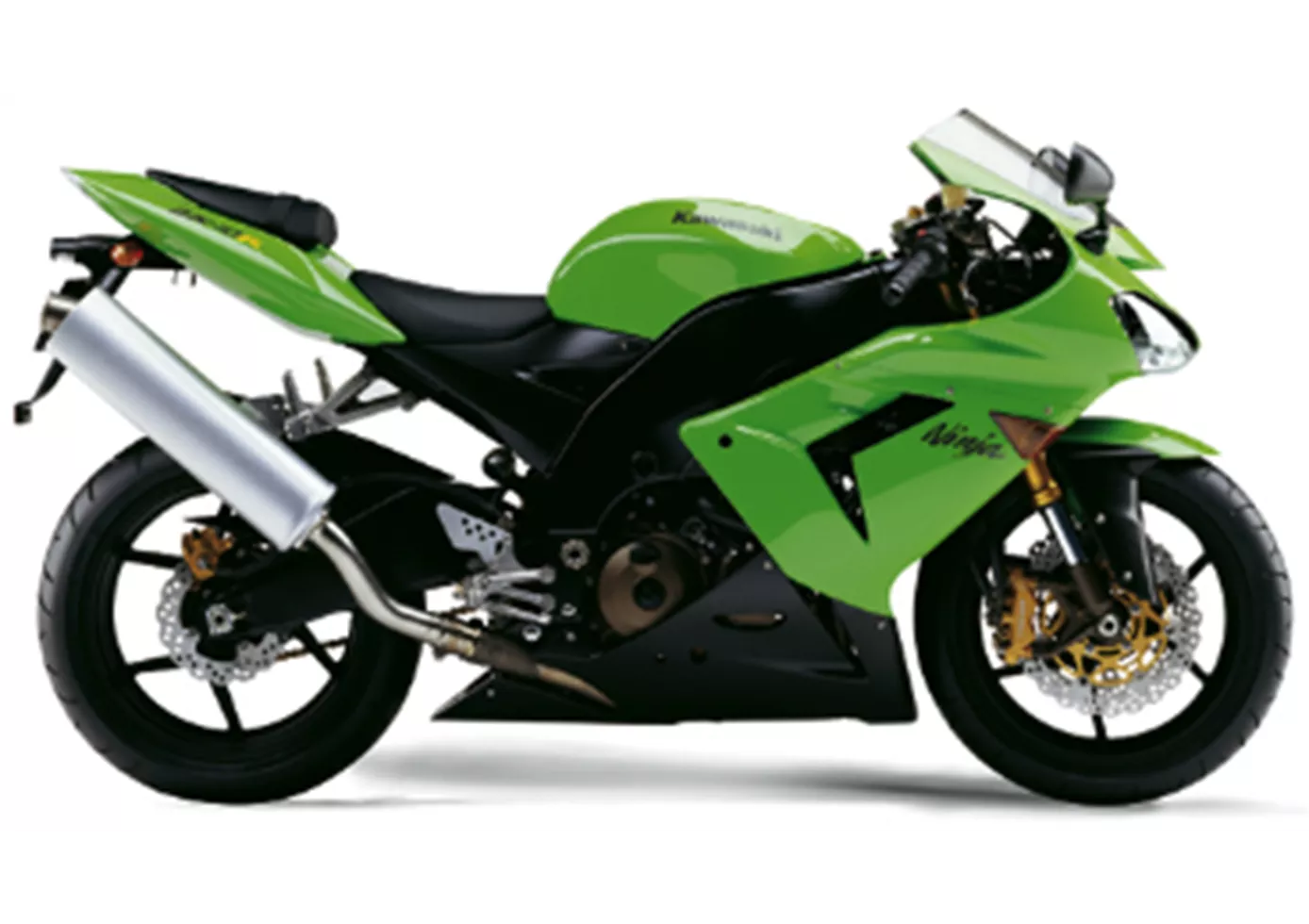
Kawasaki did not surprise. They did exactly what Kawasaki fans expected from the engineers. The Ninja is the most powerful 1000.
Yamaha YZF-R6 2017

The Yamaha R6 2017 is still a visually and dynamically radical supersport motorbike that is one of the best and probably the last of its kind. The EURO4 standard costs the 599 cubic in-line four-cylinder with titanium valves a whole 11 hp compared to the 2007/2008 model. Yamaha is clearly targeting hobby, amateur and professional racers who don't care about standard performance anyway. With more than 50 accessories, the R6 can be upgraded according to need and budget. However, everyone should be aware that this can cost a lot of money.
Price Comparison Avarage Market Price Kawasaki Ninja ZX-10R vs Yamaha YZF-R6
There are a few key differences between a Kawasaki Ninja ZX-10R 2008 and a Yamaha YZF-R6 2017. It takes less time to sell a Kawasaki Ninja ZX-10R with 82 days compared to 136 days for a Yamaha YZF-R6. Since model year 2005 1000PS.de editors have written 51 reviews for the Kawasaki Ninja ZX-10R and 33 reviews for the Yamaha YZF-R6 since model year 2005. The first review for the Kawasaki Ninja ZX-10R was published on 1/11/2004 and now has more than 2,900 views. This compares to more than 3,600 views for the first review on Yamaha YZF-R6 published on 10/17/2002.
